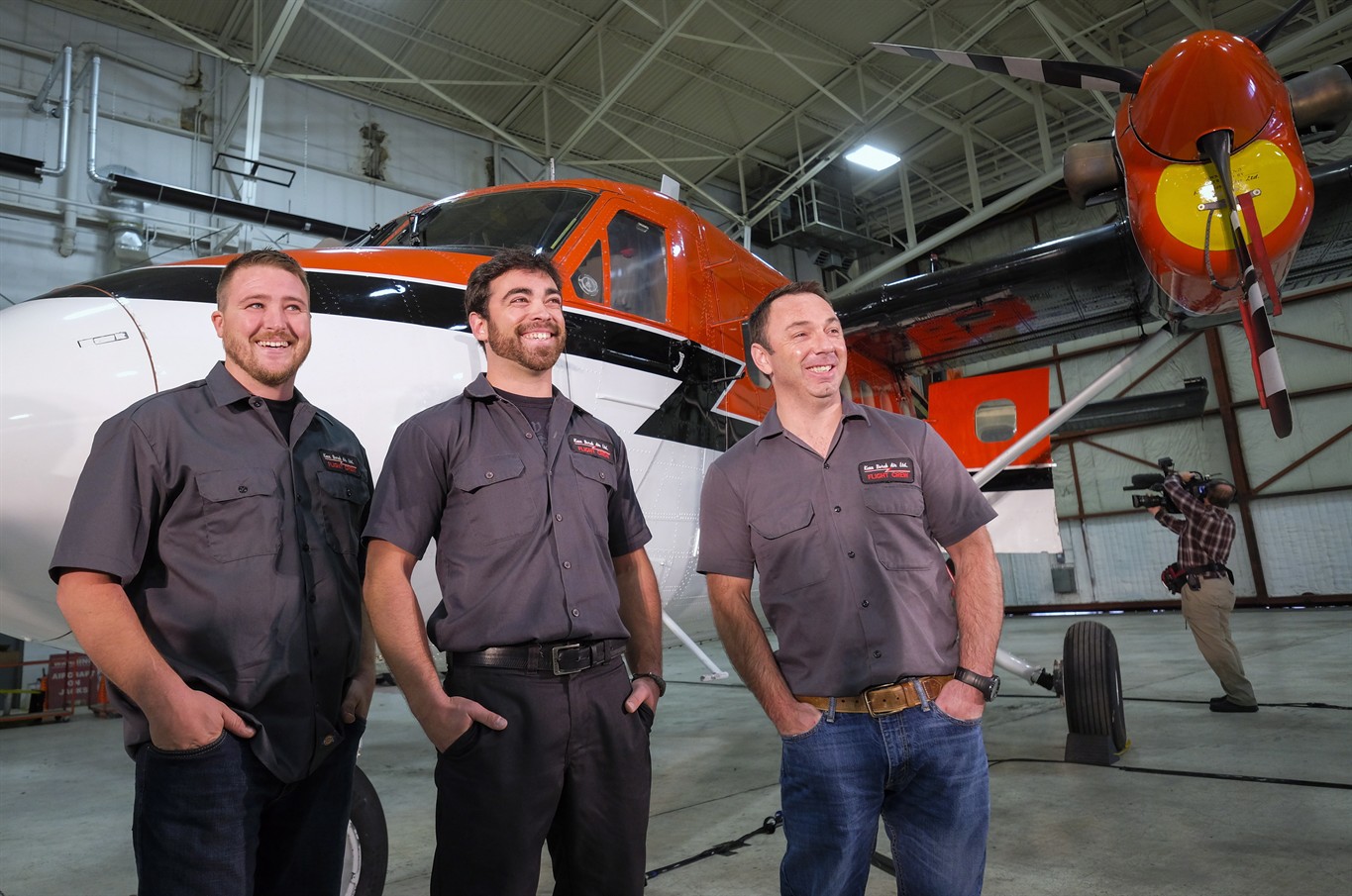CALGARY – The Calgary-based crew that flew to a South Pole research station on a medical mission sang songs and snacked on hot soup during the perilous medical mission.
Pilot Wally Dobchuk and the rest of his team from Kenn Borek Air downplayed their experiences from last month as they cracked jokes at a news conference in Calgary on Tuesday.
“Running out of spicy Thai soup, which we did,” deadpanned Dobchuk when asked about his greatest fear.
They also allayed boredom by entertaining themselves.
“We’re pretty good singers,” cracked co-pilot Sebastien Trudel.
For some reason everyone seemed fond of the song “In the Jungle,” said Dobchuk.
“It was pretty good a cappella … but we only remembered two verses. We sang it for three or four hours trying to kill the 9 1/2-hour flight.”
The Twin Otter turboprop plane made the daring rescue flight in Antarctica’s harsh winter.
The rescue team flew the 4,800-kilometre roundtrip from the Britain’s Antarctic Rothera station to the South Pole and returned to Rothera with two sick workers. They were transferred to a second plane for the flight to Punta Arenas, Chile.
The operation, coming right after the equinox, was the darkest and coldest of all past missions to the South Pole for medical evacuation. Normally planes don’t go to the polar outpost from February to October because of the dangers of flying in the pitch dark and extreme cold. The sun in the Southern Hemisphere will not rise at the South Pole until the first day of spring in September. The temperature at the South Pole was -60 C.
“There’s lots of monitoring on the gauges of the plane, on the weather, every minute we do a rethink of where we are. Are we going the right direction first? We just make ourselves scenarios if whatever was to happen here, this is our way out for a safe landing somewhere,” said Trudel.
Dobchuk said they’ve flown the route before so it seemed like a normal operation.
“It’s all stuff we do in the daylight and even when the sun’s out we often fly the route in cloud, which is no different than the sun being down. We can’t see anything so we go along with the GPS … and you kind of get a feeling of where you’re going.”
Dobchuk said there are always concerns about a plane icing up, but the wings of Twin Otters have air boots which inflate and can expand and break off any ice that accumulates. The props and the windshields are also heated.
The extreme cold can affect a lot of things on planes, including batteries, hydraulics and fuel, which needs to be warmed before takeoff. The Twin Otter can fly in temperatures as low as -75 C.
Two additional fuel tanks are on the plane as well as survival gear and spare parts.
The crews are heading off to different assignments now that this one is in the books.
Dobchuk admits it was a relief to have the mission come to an end.
“You’re kind of cruising along. You’re in international airports and good weather all the way back. It’s not that big of a deal from that point on.
“After that, it was sort of vacation time.”
— Follow @BillGraveland on Twitter







